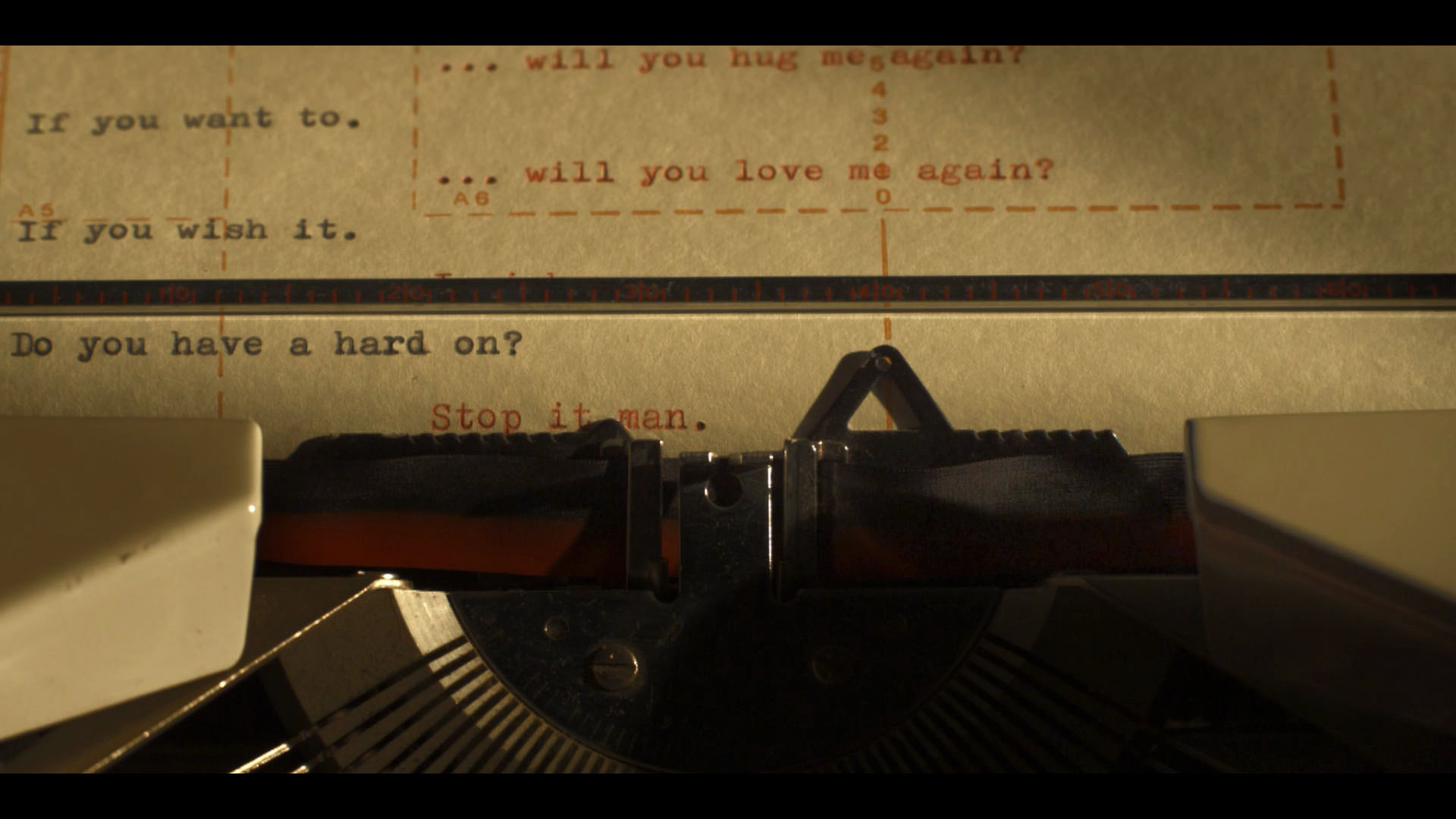Marcel Broodthaers' films mostly deal with relations between images and words, which is unsurprising given that he was a poet first who turned to film because he came to understand the medium as an extension of language. In their combination, he sought harmony between poetry, visual art and cinema. It is this lineage of artistic activity inaugurated by Broodthaers in the postwar period that the Museum of Modern Art, Kyoto, seeks to trace to its postmodern flowering in the 1990s through to the present.
An example of Broodthaers' conflating medium of cinematic poems can be found in "A Film Made by Charles Baudelaire" (1970), which depicts a fictitious cinematic sea voyage that is somehow authored by the 19th-century French poet. Baudelaire is being sent on the trip by his parents, who hope it will cure him of his deviant lifestyle.
Composed of stills and without sound, maps indicate Baudelaire's itinerary, while time captions run chronologically from Jan. 3 to Dec. 17, 1850, after which the screen turns black, and time halts before it begins reversing. Sinister textual suggestions are also displayed — "famine," "mystery," "knife," "cook." Such diverse details are inimical to clear understanding, though the visual and verbal playfulness consummates Broodthaers' concern for a multilayered structure of words, images and meanings.



